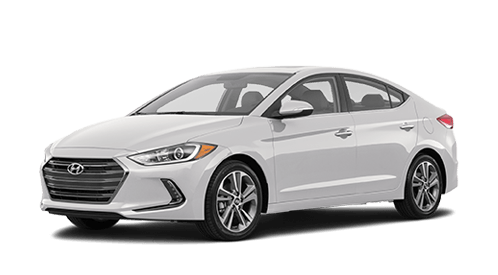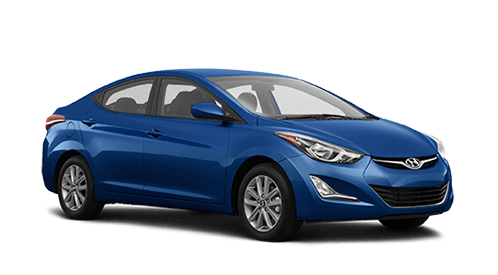2017 Hyundai Elantra vs 2016 Elantra Comparison


2017 Hyundai Elantra
|
Base Engine: |
2.0 L Inline 4 |
|
Fuel Economy: |
29/38 mpg* |
|
Horsepower: |
147 hp @ 6200 rpm |
|
Torque: |
132 ft-lbs. @ 4500 rpm |
|
Keyless ignition: |
Optional |
2016 Hyundai Elantra
|
Base Engine: |
1.8 L Inline 4 |
|
Fuel Economy: |
28/38 mpg* |
|
Horsepower: |
145 hp @ 6500 rpm |
|
Torque: |
130 ft-lbs. @ 4700 rpm |
|
Keyless ignition: |
Available on other styles |
2017 Hyundai Elantra vs 2016 Elantra
Serving Clearwater, Tampa, Largo, St. Petersburg, Palm Harbor FL
While some designs stay the same from year to year, shoppers will find that the 2017 Hyundai Elantra really is a different car from its predecessor. With a total update, the 2017 Hyundai Elantra has become more spacious, gained more features, and even picked up more power than the well-liked 2016 Elantra.
Performance
The 2016 Hyundai Elantra has earned a reputation for its excellent fuel economy. For the redesign, engineers wanted to maintain or increase fuel economy while giving the engine some more pep. The new Atkinson four-cylinder engine produces more horsepower and more torque than the previous model. Yet it also matches or exceeds its fuel economy. The 2017 Hyundai Elantra earns an average 29 mpg/city and 38 mpg/highway* with its automatic transmission. Both the 2016 and 2017 editions are also offered with a manual. Engineers got more out of the Atkinson engine by decreasing heat, reducing pumping loss, and boosting combustion efficiency. A new Eco turbo boosts fuel economy from the standard 33 mpg/combined to 35 mpg/combined*. To create this fuel efficient powertrain, engineers redesigned the automatic transmission for more efficient shifting and the rear suspension for crisper handling. The exterior also plays a role in the powertrain’s efficiency. The 2017 Elantra’s aerodynamic flow is improved by underbody covers, a lower air dam, and a special rear decklid. Under the rear bumper, Hyundai has tucked a spoiler for even greater wind resistance.
Appearance
If you line up the 2016 Elantra and the 2017 Elantra, you may not see the size difference, but the new Elantra has gained two inches of legroom without increasing the wheelbase. This is in keeping with Hyundai’s emphasis on adding space to every model. The more composed, more athletic stance includes a striking profile. Special window shaping is paired with sleek character lines. The interior has grown to 110 cu.ft., causing the EPA to call it a midsized, rather than compact, sedan. The 2017 Elantra offers more class-exclusive features, including a hands-free trunk opener. An auto-dimming rearview mirror and a dual zone climate system are available on the 2017 Elantra, but you won’t find them offered on rivals. Another exclusive feature is the memory setting for the driver’s power chair. Increasing standard dash tech, the automatic SE and higher editions have a touchscreen, a rearview camera, Android Auto, and Apply Carplay.
Safety
Having earned five stars from the federal safety testers, the 2016 Elantra has put a premium on safety. It is equipped with seven airbags, including a knee blocker bag for the driver. The cage-like structure under the cabin’s sheet metal works to keep intrusion out of the cabin. The 2017 Elantra follows this tradition of solid build and high airbag count. The 2017 edition also features re-engineered seat frames that can better withstand impact. It also adds crash avoidance features that are often unavailable in this price range. This includes lane keep assist, lane watch, collision warning, automatic emergency braking, and pedestrian detection features. Exclusive to Hyundai, dynamic bending lights illuminate the car’s unique trajectory.
Whether you opt for the 2016 Elantra or go for the 2017 edition, you can’t go wrong. It all starts with a test drive at your local Crown Hyundai dealership.
** MSRP excludes taxes, destination charges, optional equipment, registration, and dealer charges.
* EPA estimated MPG may vary by transmission, trim and individual driving behavior.

